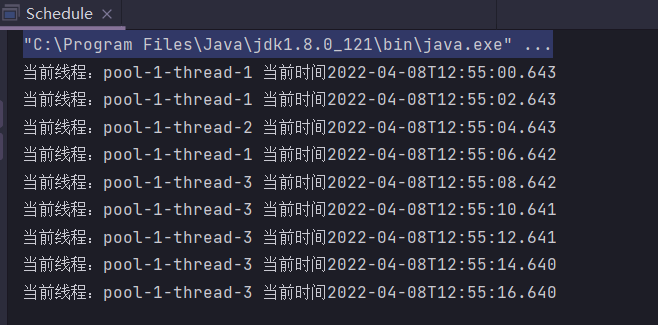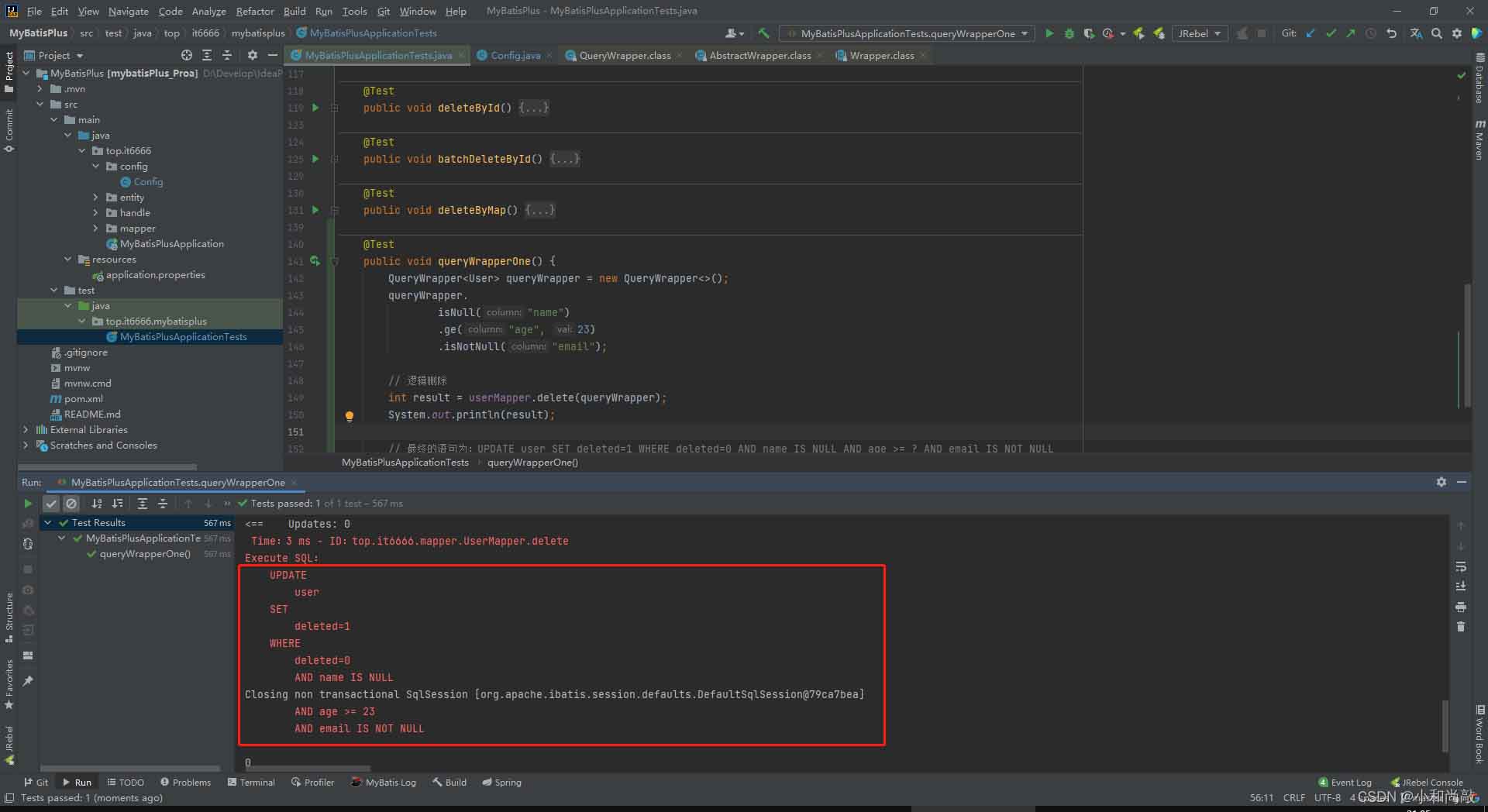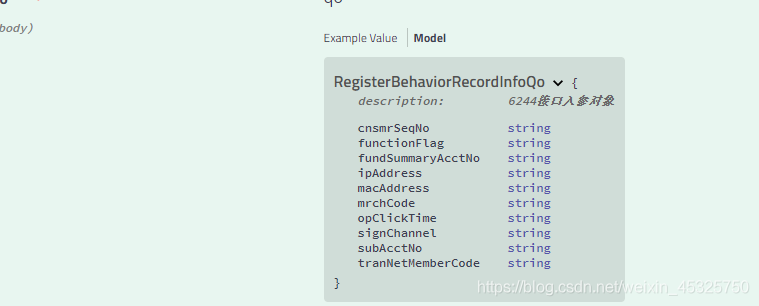Stack(堆栈)是一种存储数据的结构,其遵循后进先出(LIFO)的原则。在 Stack 中,只有在栈顶的元素才能被访问、删除或更新,而其他的元素则需要等待栈顶元素先被操作。
Java 实现 Stack 详解及实例代码
什么是 Stack
Stack(堆栈)是一种存储数据的结构,其遵循后进先出(LIFO)的原则。在 Stack 中,只有在栈顶的元素才能被访问、删除或更新,而其他的元素则需要等待栈顶元素先被操作。
Stack 的基本操作
Stack 可以执行以下操作:
push:将数据项压入 stack 的顶部。pop:弹出 stack 的顶部数据项,并将其返回。peek:返回 stack 的顶部数据项。isEmpty:判断 stack 是否为空。size:返回 stack 内元素的数量。
Stack 的实现
在 Java 中,我们可以使用 java.util.Stack 类来实现 Stack。
下面是一个示例代码,演示了如何创建一个 Stack 对象、将数据项压入 Stack、从 Stack 取出数据项等基本操作:
import java.util.Stack;
public class MyStack {
public static void main(String[] args) {
Stack<Integer> stack = new Stack<>();
stack.push(10);
stack.push(20);
stack.push(30);
int popped = stack.pop();
System.out.println("Popped item: " + popped);
int peeked = stack.peek();
System.out.println("Peeked item: " + peeked);
System.out.println("Is the stack empty? " + stack.isEmpty());
System.out.println("The size of the stack is: " + stack.size());
}
}
在上面的代码中,我们首先创建了一个 Stack 对象 stack,并依次将数字 10、20、30 压入 Stack 中。然后我们取出栈顶元素(30),将其弹出并打印。接着我们获取栈顶元素(20),不弹出并打印。最后我们通过 isEmpty() 和 size() 方法检查 Stack 是否为空,以及 Stack 中元素的数量。
Stack 的示例应用
示例1:检查字符串中的括号是否匹配
假设有一个包含括号((、)、[、]、{、})的字符串,现在需要检查其中的括号是否匹配。我们可以使用 Stack 来实现括号匹配的功能。
下面是一个示例代码:
import java.util.Stack;
public class CheckBrackets {
public static boolean check(String str) {
Stack<Character> stack = new Stack<>();
for (int i = 0; i < str.length(); i++) {
char ch = str.charAt(i);
if (ch == '(' || ch == '[' || ch == '{') {
stack.push(ch);
} else if (ch == ')' || ch == ']' || ch == '}') {
if (stack.isEmpty()) {
return false;
}
char top = stack.peek();
if ((ch == ')' && top == '(') || (ch == ']' && top == '[') || (ch == '}' && top == '{')) {
stack.pop();
} else {
return false;
}
}
}
return stack.isEmpty();
}
public static void main(String[] args) {
String str1 = "{({[]})}";
String str2 = "{([)]}";
String str3 = "([]})";
System.out.println(str1 + " is " + (check(str1) ? "" : "NOT ") + "valid");
System.out.println(str2 + " is " + (check(str2) ? "" : "NOT ") + "valid");
System.out.println(str3 + " is " + (check(str3) ? "" : "NOT ") + "valid");
}
}
在上面的代码中,我们定义了一个 check() 方法,用于检查输入的字符串中的括号是否匹配。首先我们创建一个 Stack 对象 stack,并扫描字符串中的每个字符,如果字符是左括号,则将其压入 Stack 中。如果字符是右括号,则我们从 Stack 中获取栈顶元素(即与该右括号对应的左括号),如果不匹配则返回 false,否则弹出左括号并继续扫描。最后,如果 Stack 是空的,则表示括号匹配成功,返回 true,否则返回 false。
我们可以运行上面的代码,得到如下输出:
{({[]})} is valid
{([)]} is NOT valid
([]}) is NOT valid
示例 2:使用 Stack 模拟迷宫寻路
在这个示例中,我们将使用 Stack 来解决经典游戏“迷宫寻路”。假设有一个迷宫地图,其中包含了若干个小区域,并且相邻的小区域之间可能有通路。现在我们需要从地图的起点开始寻找终点。我们可以将地图抽象为一个二维数组,并使用 Stack 中存储当前所在的坐标及路径信息。
下面是一个示例代码:
import java.util.Stack;
public class Maze {
private static int[][] map = {
{ 1, 1, 1, 1, 1, 1, 1 },
{ 1, 0, 0, 0, 0, 0, 1 },
{ 1, 0, 1, 1, 0, 0, 1 },
{ 1, 0, 0, 1, 0, 0, 1 },
{ 1, 0, 0, 1, 1, 0, 1 },
{ 1, 0, 0, 0, 0, 0, 1 },
{ 1, 0, 1, 1, 1, 1, 1 }
};
private static int[][] directions = {
{-1, 0}, // 上
{0, 1}, // 右
{1, 0}, // 下
{0, -1} // 左
};
private static Stack<int[]> stack = new Stack<>();
public static boolean search(int startRow, int startCol, int endRow, int endCol) {
stack.push(new int[] { startRow, startCol });
while (!stack.isEmpty()) {
int[] current = stack.pop();
if (current[0] == endRow && current[1] == endCol) {
return true;
}
for (int[] direction : directions) {
int newRow = current[0] + direction[0];
int newCol = current[1] + direction[1];
if (newRow >= 0 && newRow < map.length && newCol >= 0 && newCol < map[0].length
&& map[newRow][newCol] == 0) {
stack.push(new int[] { newRow, newCol });
map[newRow][newCol] = 2;
}
}
}
return false;
}
public static void main(String[] args) {
boolean success = search(1, 1, 5, 5);
if (success) {
System.out.println("Path found!");
} else {
System.out.println("Path not found.");
}
}
}
在上面的代码中,我们首先定义了一个地图数组 map 和一个方向数组 directions,用于表示可以走的方向。我们使用 Stack 对象 stack 存储当前所在的坐标及路径信息。
在 search() 方法中,我们将起点的坐标压入 Stack 中,并执行以下操作:
- 从 Stack 中取出栈顶元素。
- 如果当前元素为终点,则返回 true。
- 否则,对当前元素的四个方向进行遍历,判断是否可以走(即是否越界或者已经走过),如果可以,则将该位置的坐标压入 Stack 中,并记录该位置已经走过。
我们可以运行上面的代码,得到如下输出:
Path found!
这表示我们从起点(1, 1)出发可以找到终点(5, 5)。
本文标题为:java 实现 stack详解及实例代码


基础教程推荐
- 使用Java和WebSocket实现网页聊天室实例代码 2024-02-25
- 运用El表达式截取字符串/获取list的长度实例 2023-08-01
- JavaWeb 实现验证码功能(demo) 2024-04-14
- Java+mysql实现学籍管理系统 2023-03-16
- 深入理解约瑟夫环的数学优化方法 2024-03-07
- JSP 动态树的实现 2023-12-17
- 是否适合从javabean类更新数据库? 2023-11-04
- Java编写实现窗体程序显示日历 2023-01-02
- Java中EnvironmentAware 接口的作用 2023-01-23
- springboot下使用shiro自定义filter的个人经验分享 2024-02-27

















